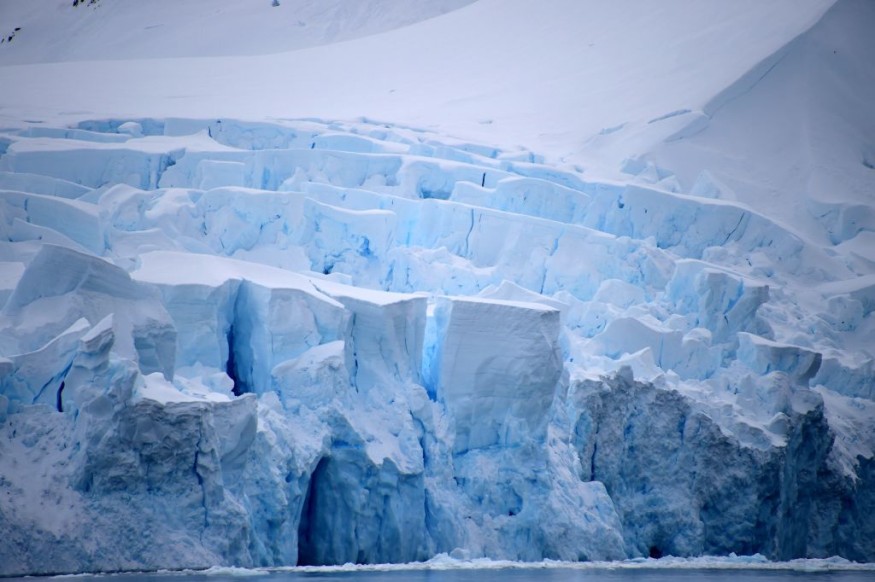Thwaites Glacier, also known as the Doomsday Glacier, is closer to the brink of collapse than we have previously thought. This notion is according to scientists who asserted that the colossal ice is more in danger from collapsing instead of melting, based on new studies. In particular, researchers point out that fractures poses the greatest threat to the glacier, a matter which has been previously overlooked.
In recent years, climate scientists have expressed concerns regarding the melting of the Thwaites Glacier, which could contribute to future global sea level rise and result in catastrophic repercussions should a total meltdown of the icy structure occurs. However, this is not always the case or the angle to be looked at the most, according to the new research as of early 2023.
Doomsday Glacier in Danger

During a press release, the New York University (NYU) announced that scientists were able to discover new processes driving the retreat of Thwaites Glacier, emphasizing it is influenced by different natural occurrences under the glacier's floating ice shelf, a reality researchers have previously understood.
While melting still occurs on the surface of Thwaites Glacier, most parts of the ice shelf's bottom is weaker than previously thought. Meanwhile, "melting in cracks and crevasses" go at a faster rate, the team of scientists noted.
Novel observations show high melting on the western part of Thwaites, which is the highest seen anywhere in Antarctica to date and suggests the glacier could now in retreat, according to David Holland, the lead U.S. principal investigator at NYU.
The findings are based on two papers published in the journal Nature on February 15, spearheaded by researchers at NYU.
Icefin the Underwater Robot
A 13-foot underwater-swimming robot called 'Icefin' provided scientists with the capability to examine an area beneath the Doomsday Glacier which is hard to reach and the reason the causes the retreat of the glacier, USA Today reported in relation to the two Nature studies.
The researchers remarked that fracturing of the ice is receiving the greatest blow on the glacier, even more worse than melting.
Thwaites Glacier Collapse Impact
Thwaites is located in West Antarctica and has a reported size similar to the state of Florida in the United States. Due to its gargantuan structure, scientists have considered it as one of the threats that can contribute to rising ocean water levels worldwide. Amid climate change and global warming, the disintegration of the Doomsday Glacier is drawing near.
The total collapse of the Thwaites Glacier may result to sea level rise of over 2 feet (70 centimeters). However, the Doomsday Glacier is also serving as a natural dam to the ice surrounding West Antarctica, and scientists have approximated that the global sea level could increase by around 10 feet if such catastrophe occurs. according to CNN.
© 2025 NatureWorldNews.com All rights reserved. Do not reproduce without permission.





